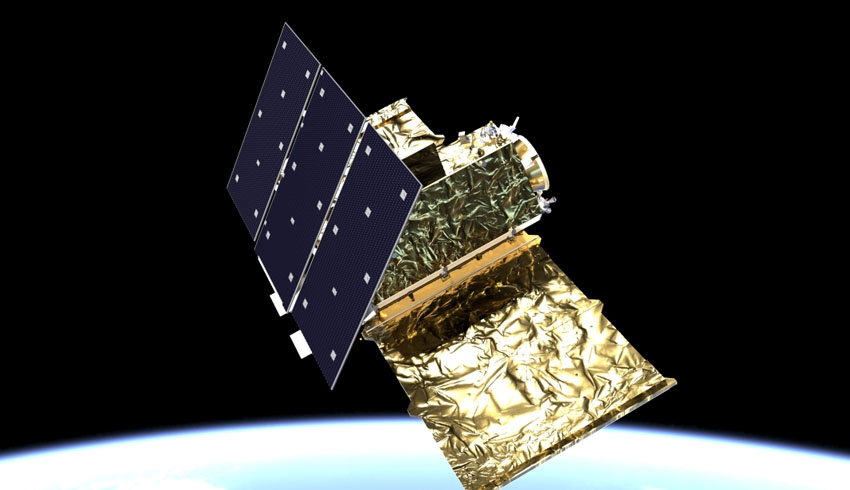Thales Alenia Space has signed a €482 million ($786 million) contract with the European Space Agency (ESA) to build the Copernicus Radar Observation System for Europe in L-band (ROSE-L) environmental monitoring satellite — designed to provide the satellites series and Earth observation data for environmental protection, climate monitoring, natural disaster assessment and other social tasks.
Thales Alenia Space will serve as the prime contractor for the program, working alongside Airbus Defence and Space as a main partner for the radar instrument.
The mission’s target applications are soil moisture, land cover mapping, crop type and status discrimination, forest type/forest cover (in support to biomass estimation), food security and precision farming, maritime surveillance, and natural and anthropogenic hazards.
The mission also aims to contribute to the operational monitoring of the cryosphere and polar regions, including sea ice mapping and land ice monitoring.
According to Thales Alenia Space, other emerging applications would be possible by the synergetic and complementary observations with C-band and X-band SAR systems.
“With this contract, Thales Alenia Space confirms its positioning as a key player in Earth observation and environmental missions,” Hervé Derrey, CEO of Thales Alenia Space, said.
“For services such as the Copernicus Emergency Management Service (EMS) in particular, ROSE-L data will allow to reduce time between the occurrence of a natural or anthropogenic disaster and the first post-disaster image which is of crucial importance for citizen security.”
Massimo Comparini, senior executive vice president observation, exploration and navigation at Thales Alenia Space added: “Thales Alenia Space will capitalise on its flight proven heritage on radar Earth observation programs to serve this new mission.
“ROSE-L will provide additional European radar imaging capacity above and beyond that provided by Sentinel-1 and thus an opportunity to increase coverage at European and global level, reducing the time intervals between successive radar images.”
About ROSE-L
ROSE-L is a 3 axis stabilised satellite based on the new Thales Alenia Space Multi-Mission Platform product line (MILA).
It is designed to embark the L-Band Synthetic Aperture Radar (SAR) Instrument dedicated to the day-and-night monitoring of land, ice and oceans offering improved revisit time, full polarimetry, high spatial resolution, high sensitivity, low ambiguity ratios and capability for repeat-pass and single-pass cross-track interferometry.
The system is based on a 5-panel deployable 11-metre x 3.6-metre L-Band, highly innovative and lightweight planar Phased Array Antenna (PAA).
The satellite is also designed to carry a set of three Monitoring Cameras (CAM) to monitor the deployment of the SAR antenna and the solar arrays.
The system is also expected to be compliant with space debris mitigation requirements using demisable technologies for clean space requirements and mechanical Interfaces compatible with a possible future On Orbit Servicing capability.
ROSE-L will be compatible with Vega-C and Ariane 6-2, it will weigh 2,060 kilograms at launch and will be positioned at 700 kilometres altitude.
[Related: Thales partners with Optus to receive next-gen SBAS signal in Australia]

